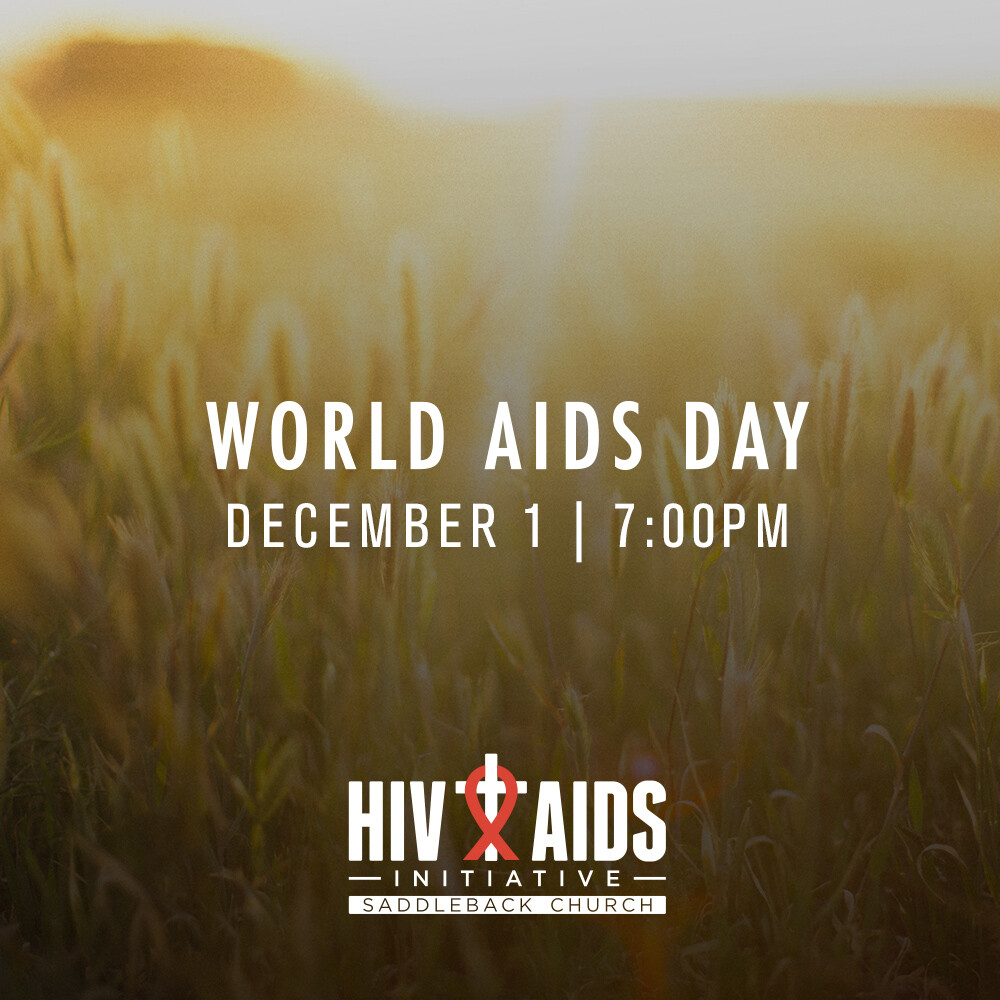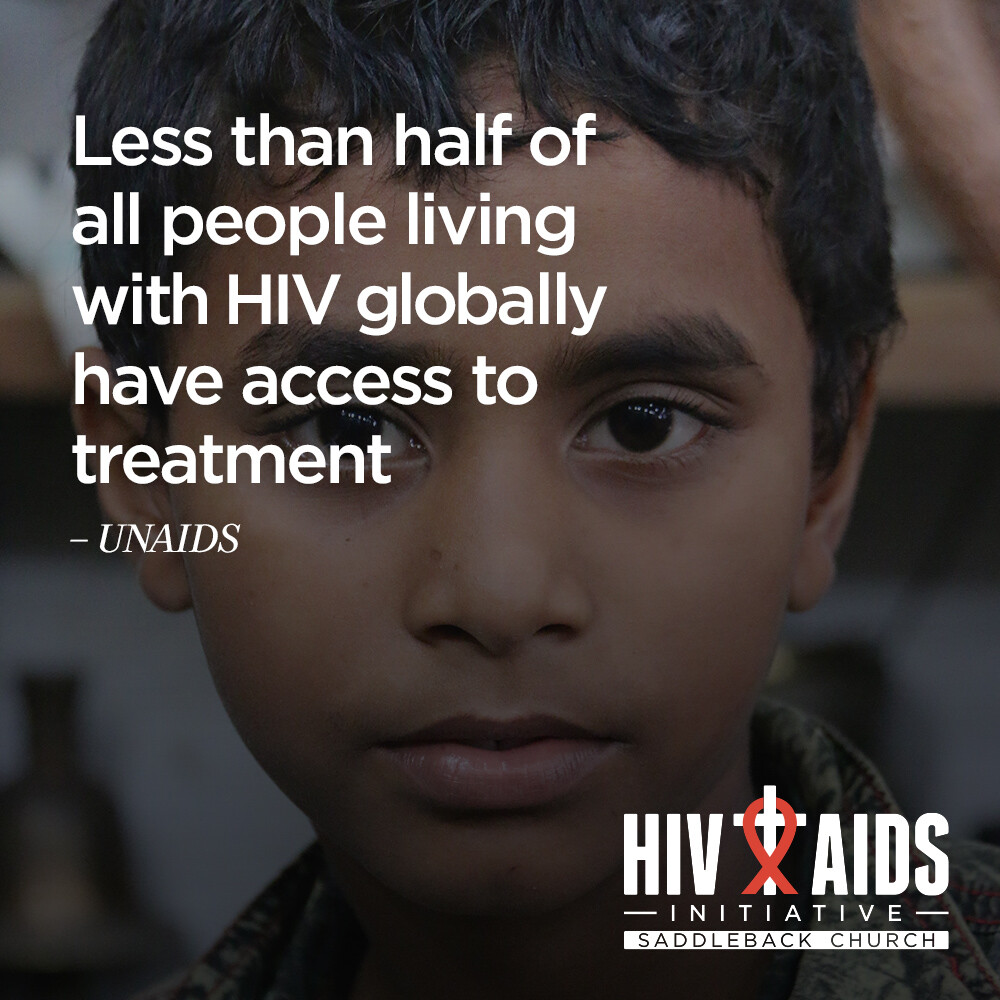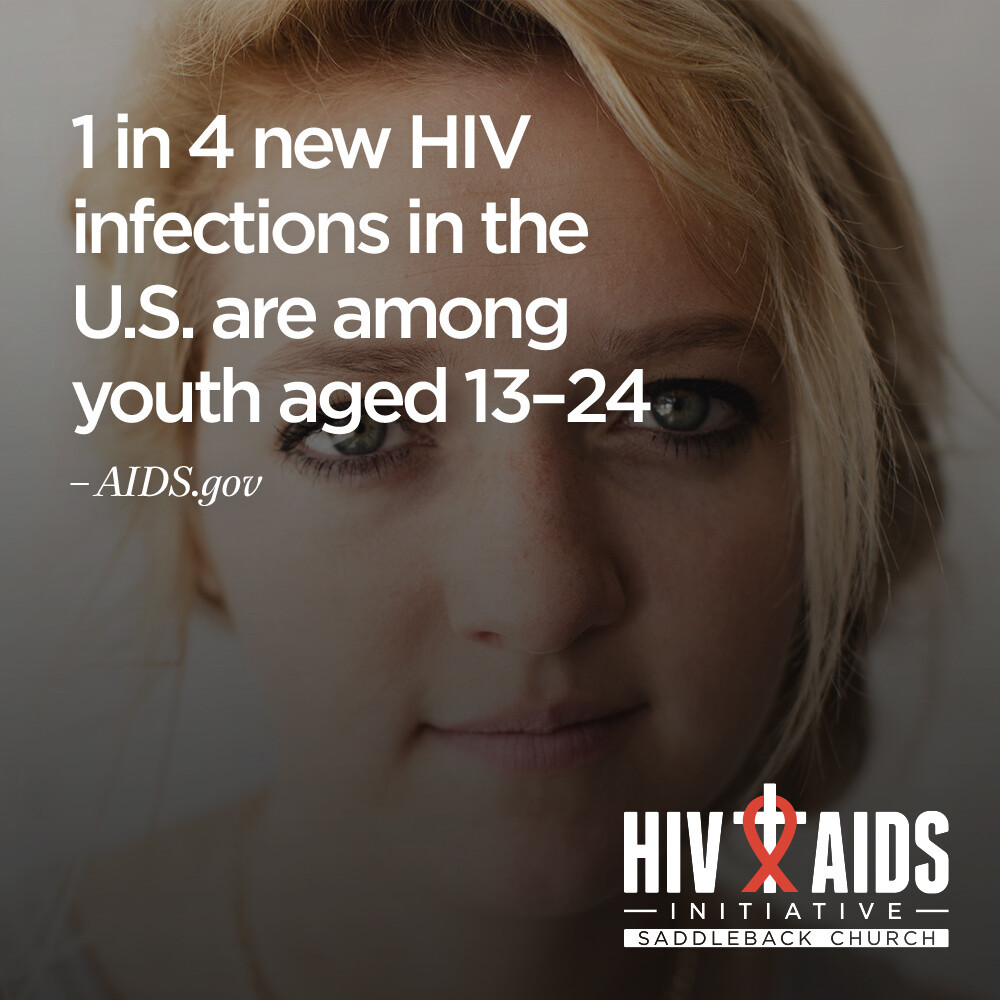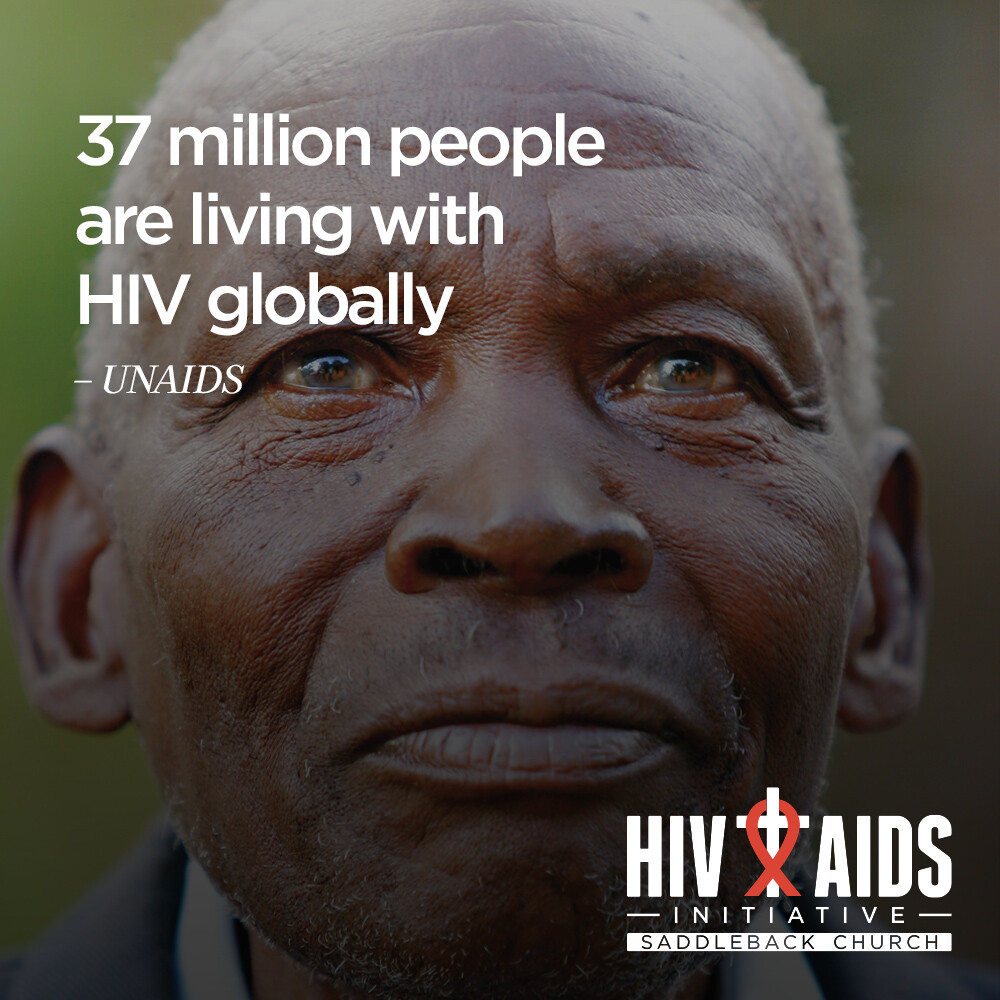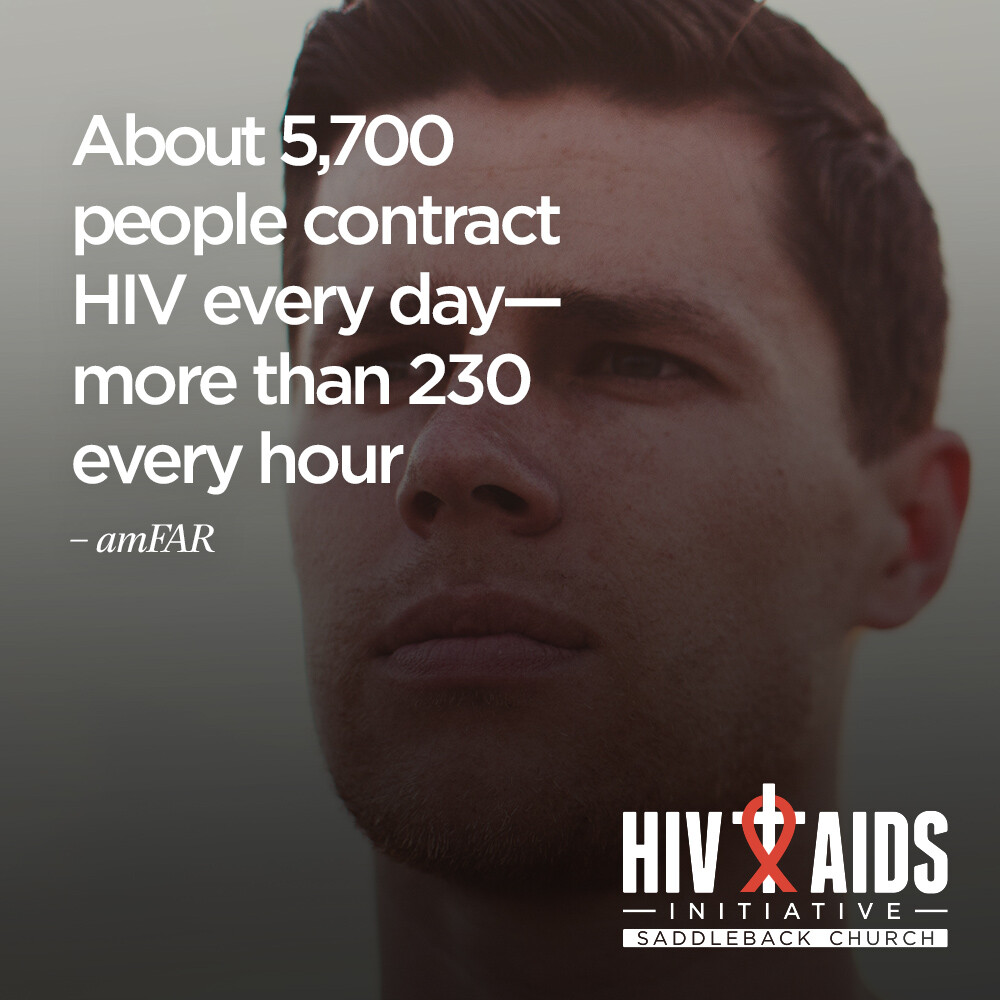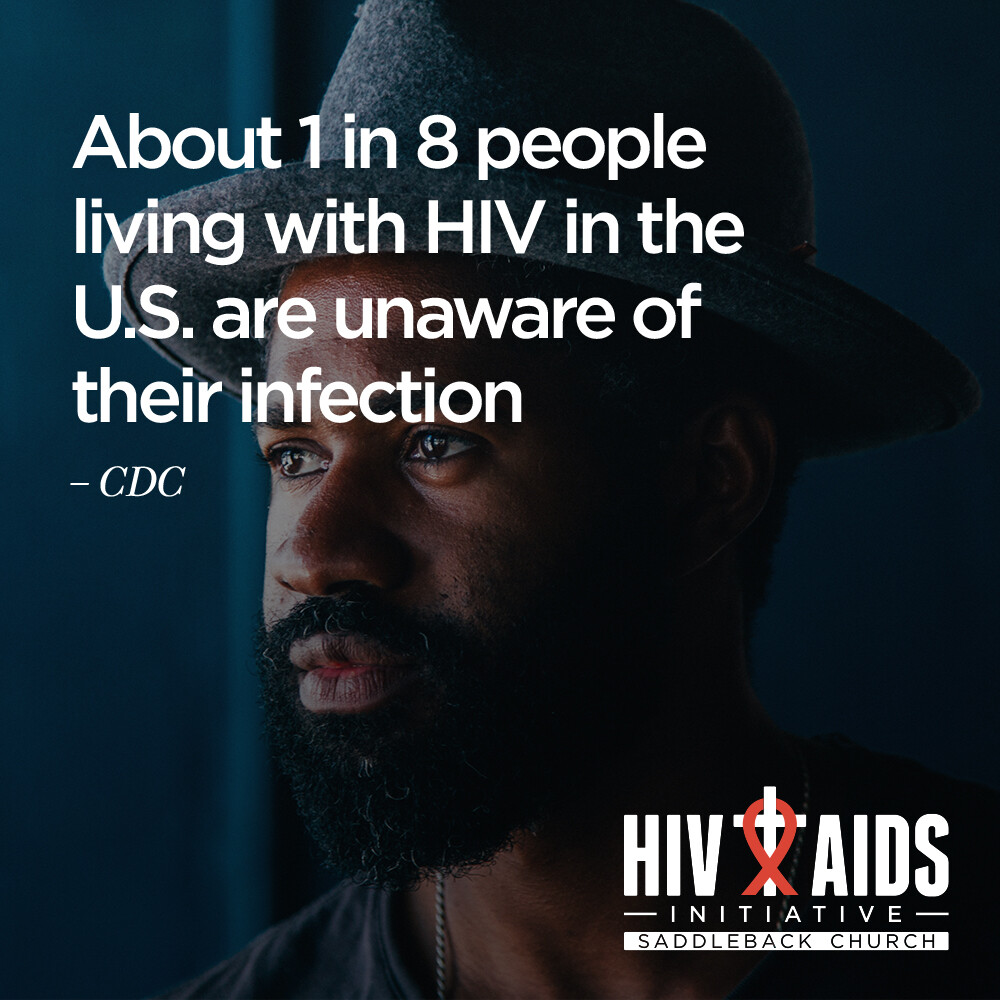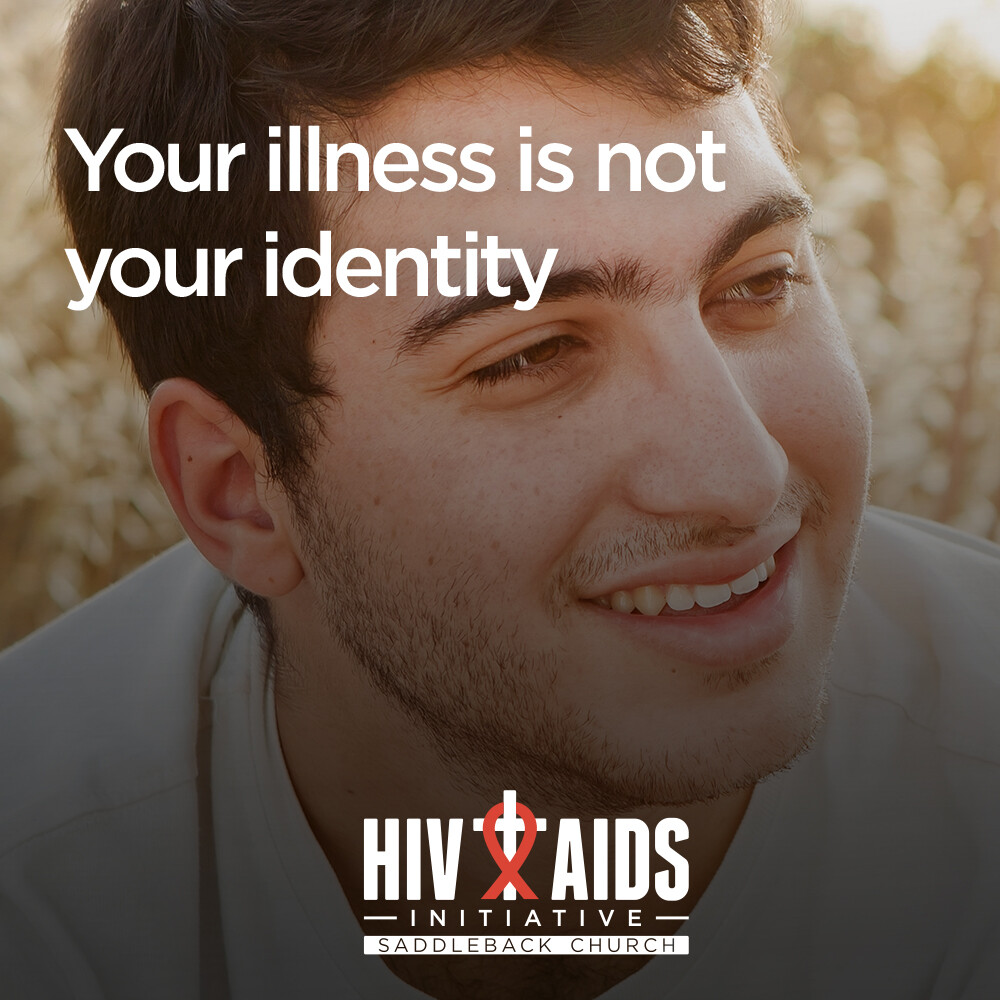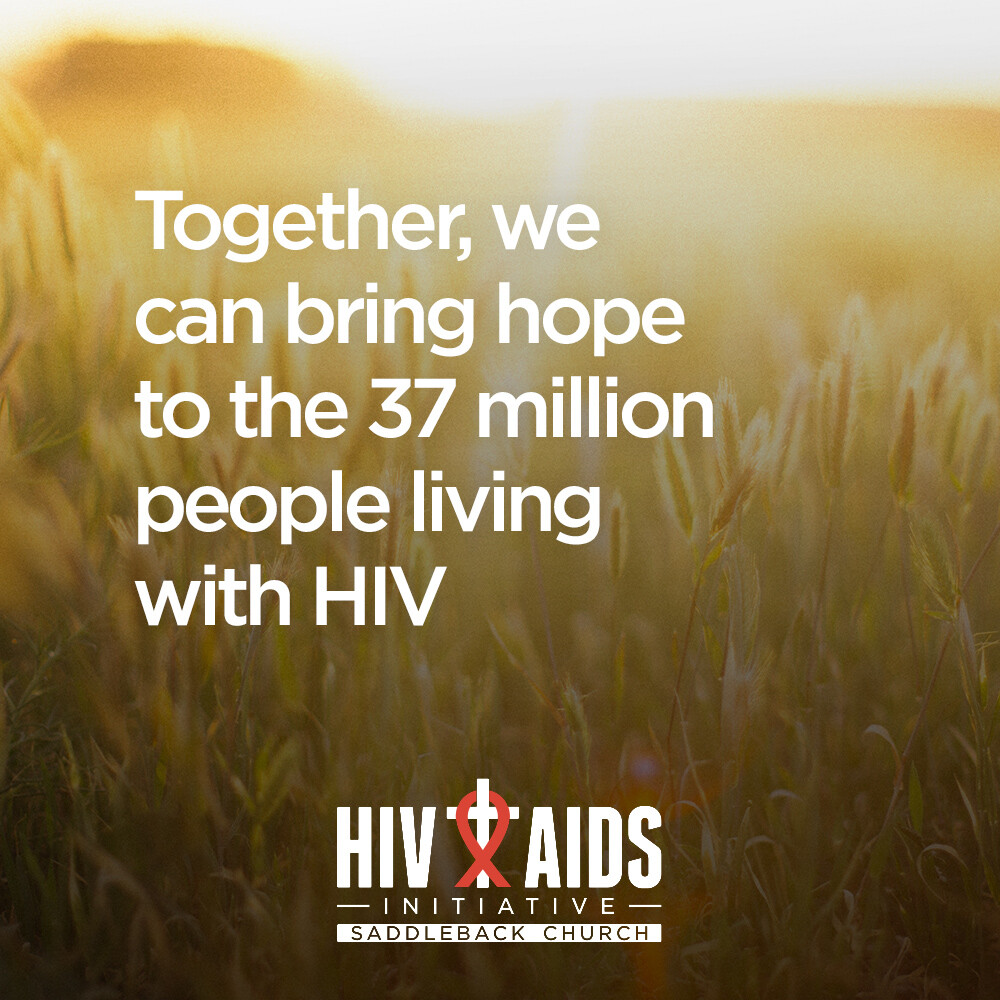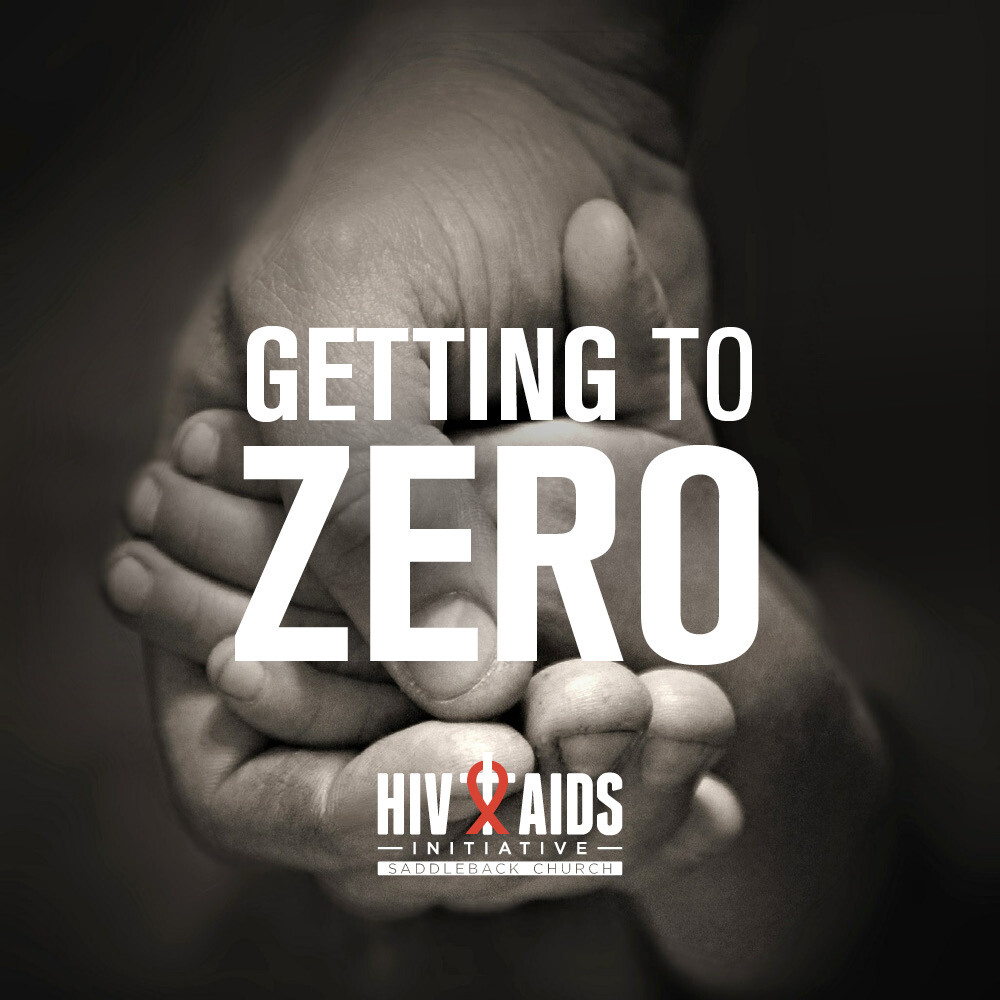HIV&AIDS Initiative
What Can Your Church Do for People Living With HIV&AIDS?
The HIV&AIDS Initiative of Saddleback Church inspires and equips churches around the world to care for people living with HIV&AIDS, both locally and globally.
What Every CHURCH Can Do for People Living With HIV&AIDS
C–CARE FOR AND SUPPORT THE SICK
Churches are commanded by God to care about the sick. It is their calling! It doesn’t require money or special training to love. Local congregations are the only caring organization found in almost every community around the world.
Crawl: Increase your knowledge of HIV&AIDS by watching HIV 101. Send a card, make a call, or visit someone who is sick. This requires only a few minutes of your time. You can choose to make it an on-going, organized ministry of your church, or just an informal way that individual members choose to reach out to those who are hurting.
Walk: Start a support group for people who are living with or affected by HIV. A support group is a regularly-scheduled meeting where people can share their stories, find connections, learn new skills, and be accepted in a Christ-centered environment.
Run: Form a CARE Team – a church-based small group that comes alongside an HIV positive person to offer friendship, care, and support. A CARE Team doesn’t just offer love, but offers love expressed through deeds such as driving people to doctor’s appointments, offering assistance in the home, and helping access community health resources.
H–HANDLE HIV TESTING AND COUNSELING
Everyone should know their HIV status and be tested at least once in their lifetime. Those at higher risk should be tested more frequently. There are two reasons to know your HIV status: if you’re negative, stay negative; if you’re positive, you can access care and treatment and avoid transmitting the virus to others.
Crawl: Encourage members of your church to get tested for HIV. Explain what is involved in an HIV test and let the congregation know where they can get tested (National HIV and STD Testing Resources at www.hivtest.org).
Walk: Take a group from your church to be tested for HIV. Ideally, the senior pastor should lead the group and be the first to get tested. Knowing the senior pastor has been tested for HIV helps reduce the stigma of being tested. Results should remain confidential and be revealed only if the person chooses.
Run: Offer HIV testing at your church, train church members to comfort and counsel people before and after they receive their results.
U–UNLEASH A VOLUNTEER LABOR FORCE
There will never be enough healthcare professionals in the world to teach prevention, administer treatment, and offer care to those who need it. Churches have the largest volunteer labor force on the planet—more than two billion members. What an impact we can make if this enormous untapped pool of talent, energy, and compassion can be mobilized to support those living with HIV&AIDS!
Crawl: Equip people for ministry by studying the Purpose Driven Life. Study God’s plan for every member to be involved in caring for the sick in a tangible way.
Walk: Offer frequent informational meetings about HIV. Regularly connect your church members in small opportunities to serve locally and globally. Make sure your ministry is not just about people with HIV, but actively engages HIV positive people on the leadership team.
Run: Build a team of volunteers who can help others in your community to become involved in caring for those who are HIV positive. Become a model of what every church can to about HIV&AIDS by being a reliable source of HIV information and support for your community.
R–REMOVE THE STIGMA
Churches must embrace people who are HIV positive by replacing rejection and alienation with mercy and acceptance. It is not a sin to be sick. We should not ask, “How did you become infected?” but instead, “How can we help you?”
Crawl: Determine what attitudes, myths, and fears prevent you and your church from caring for those who are positive, and what keeps those who are positive from disclosing their status to you. Be a friend to someone who is living with HIV.
Walk: Make HIV personal to your congregation by having HIV positive men and women give their testimony. Dispel stigma by touching and hugging those who are positive. Treat people living with HIV&AIDS like you would treat anyone else. Incorporate HIV positive people into every aspect of the life of your church.
Run: Demonstrate to your community that your church is taking leadership in caring and advocating for people who are HIV positive. Show up at community HIV events such as an AIDS Walk. Set up a booth for your church at the AIDS Walk and encourage volunteers to hand out water and refreshments. Partner with a local AIDS Services Organization in projects that reflect shared values.
C–CHAMPION HEALTHY BEHAVIOR
HIV&AIDS is complex and yet largely preventable. Churches have the moral authority to promote healthy sexual behavior and to offer the spiritual motivation for abstinence, fidelity, and drug-free living. Many churches offer Celebrate Recovery, a Christian 12-Step program, to those struggling with co-dependency, alcohol, drug, and sexual addiction. Churches can offer a holistic approach that encompasses all aspects of HIV prevention and addiction recovery.
Crawl: Each member can practice personal moral purity by remaining abstinent before marriage and honoring their marriage vows with fidelity. If someone is HIV positive he or she can learn how to prevent HIV transmission. Encourage drug-free living.
Walk: Teach moral purity and sexuality from a Biblical standard to every person in your congregation, including age-appropriate education for children and youth. Teach how HIV is transmitted and how it can be prevented.
Run: Begin Celebrate Recovery and accountability groups; there is power to change in community. Encourage freedom from addictions that increase vulnerability to becoming HIV positive.
H–HELP WITH HIV MEDICATIONS
While it is unexpected to visualize a role for local churches in helping with HIV treatment, the church can be an integral part of helping HIV positive individuals live longer. HIV treatment offers hope for a normal lifespan but requires specialized pre-treatment preparation and ongoing treatment support that the faith community can provide.
Crawl: Through sermons and seminars, dispel the belief that churches cannot be involved in HIV treatment. Invite a local HIV professional to help your congregation become knowledgeable about HIV treatment.
Walk: HIV treatment requires that an individual take their medications on time every day. Offer to support an HIV positive person by calling daily to remind them to take their medication.
Run: Explore how your church can provide pre-treatment preparation, treatment education, and adherence support for the entire family. Visit hivaidsinitiative.com to learn more about HIV treatment.
START TODAY!
